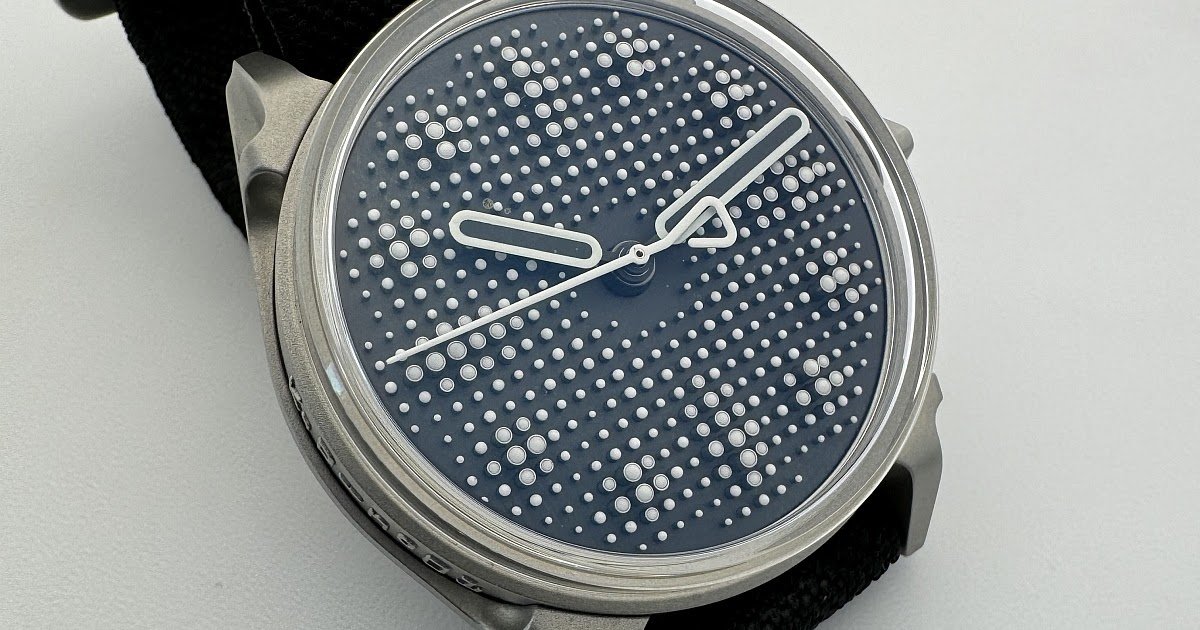Table of Contents
It is essential to take care of your mechanical watch, especially when exposed to elements such as water. A watch that has been submerged can suffer serious damage and significantly reduce its lifespan. Let’s explore the steps to follow if your mechanical watch has taken on water.
Assess the extent of the damage
First, it is crucial to determine the extent of the water damage. If you see condensation under the glass or water droplets inside the case, your watch has been infiltrated by water.
Examine the movement
The main thing to check is the movement of the watch. If the movement is still going despite the water infiltration, that’s good news. This means it’s not too late to act and save your mechanical watch.
Check the tightness
Make sure the crown, pushers and case back are closed and screwed down. If it’s not the case, unscrew these parts can allow water to escape more easily and avoid causing more damage.
The first steps to take if your watch has taken on water
Once you’ve assessed the extent of the damage, it’s time to act. Here are some tips to limit problems caused by water:
- Do not pull the crown : by pulling the crown, you risk letting even more water enter the movement.
- Remove watch from wrist : Wear it around your neck or put it in a dry and secure place to avoid further contact with water.
- Wipe the watch : Use a soft, clean cloth to wipe off any visible water on the case and band.
- Place the watch in a bag of rice : rice can help absorb remaining moisture inside the watch.
Call a professional
If, despite these initial actions, your mechanical watch continues to show signs of water infiltration, it is advisable to take it to a professional watchmaker as soon as possible. He will be able to properly disassemble, clean and dry the different parts of the watch.
The cleaning of the movement
Cleaning the movement is an essential step in preserving the performance and longevity of your mechanical watch. A professional watchmaker will disassemble the movement, clean it carefully and lubricate it with specific oils before reassembling it.
Replacement of gaskets
During the intervention, it is also possible that the watchmaker replaces the seals. These can be damaged by water and compromise the water resistance of the watch. Remember to ask for a complete check of these elements during your visit to the watchmaker.
Prevention to avoid water infiltration
To minimize the risk of seeing your mechanical watch leaking, here are some tips to follow:
- Regularly check the tightness of your watch by going to a professional who can carry out a pressure check.
- Avoid wearing your watch in water, even though it is supposed to be waterproof. The seal may decrease over time, especially if the seals are damaged or worn.
- Have your watch serviced every 4 to 5 years to ensure proper operation and to replace worn or damaged parts.
- Handle with care the parts of the watch that can be unscrewed (crown, pushers), to avoid damaging the seals or the internal mechanism.
By following these recommendations, you will be able to take full advantage of your mechanical watch and guarantee its longevity. Do not hesitate to consult a professional in case of doubt or to benefit from personalized advice on the maintenance of your watch.






